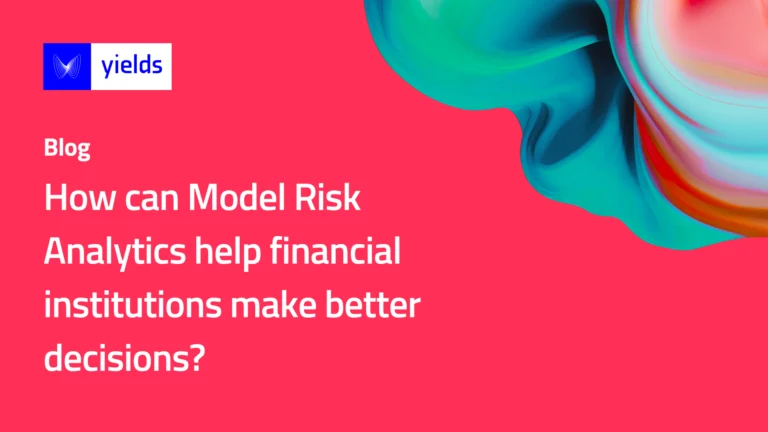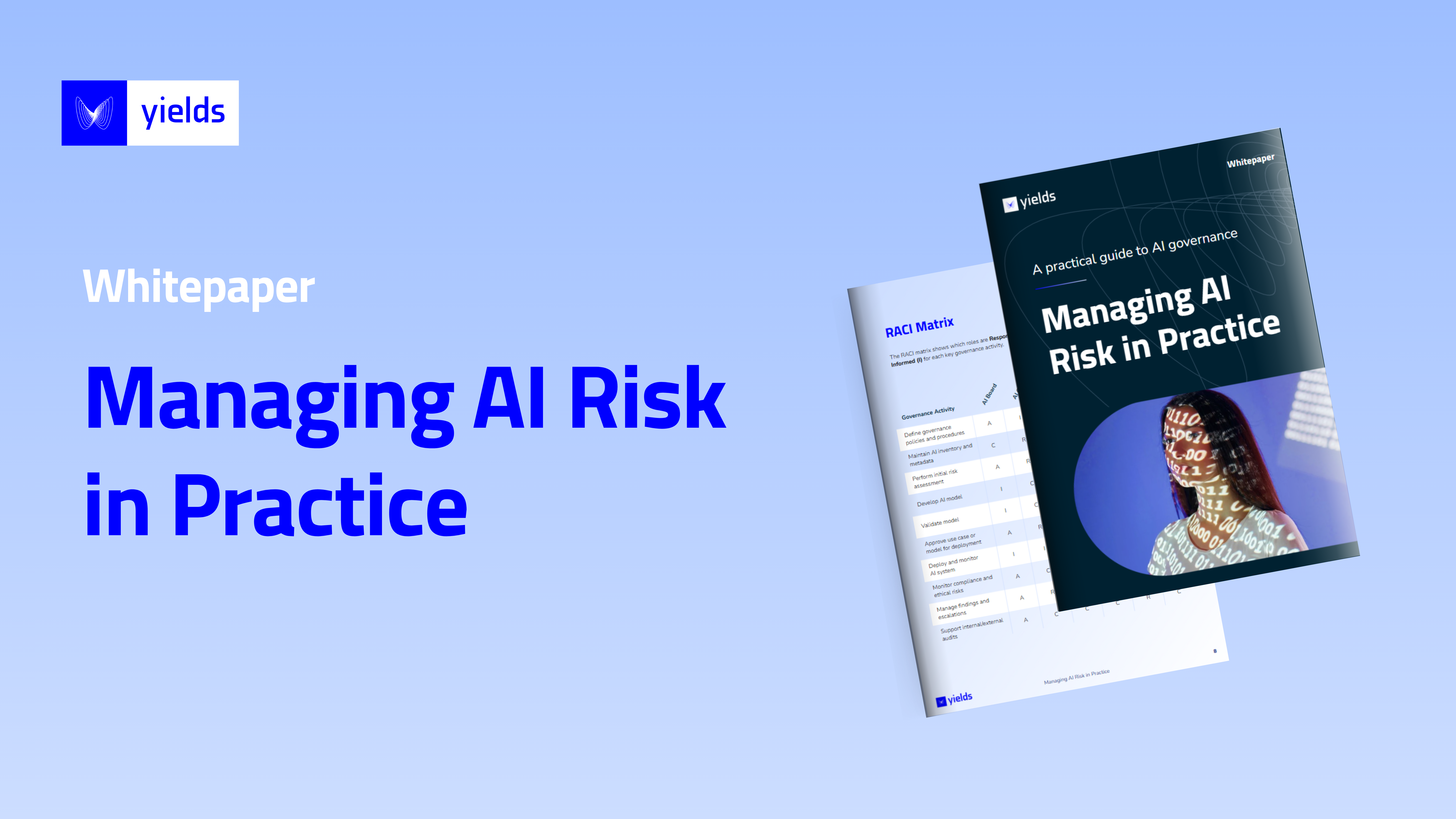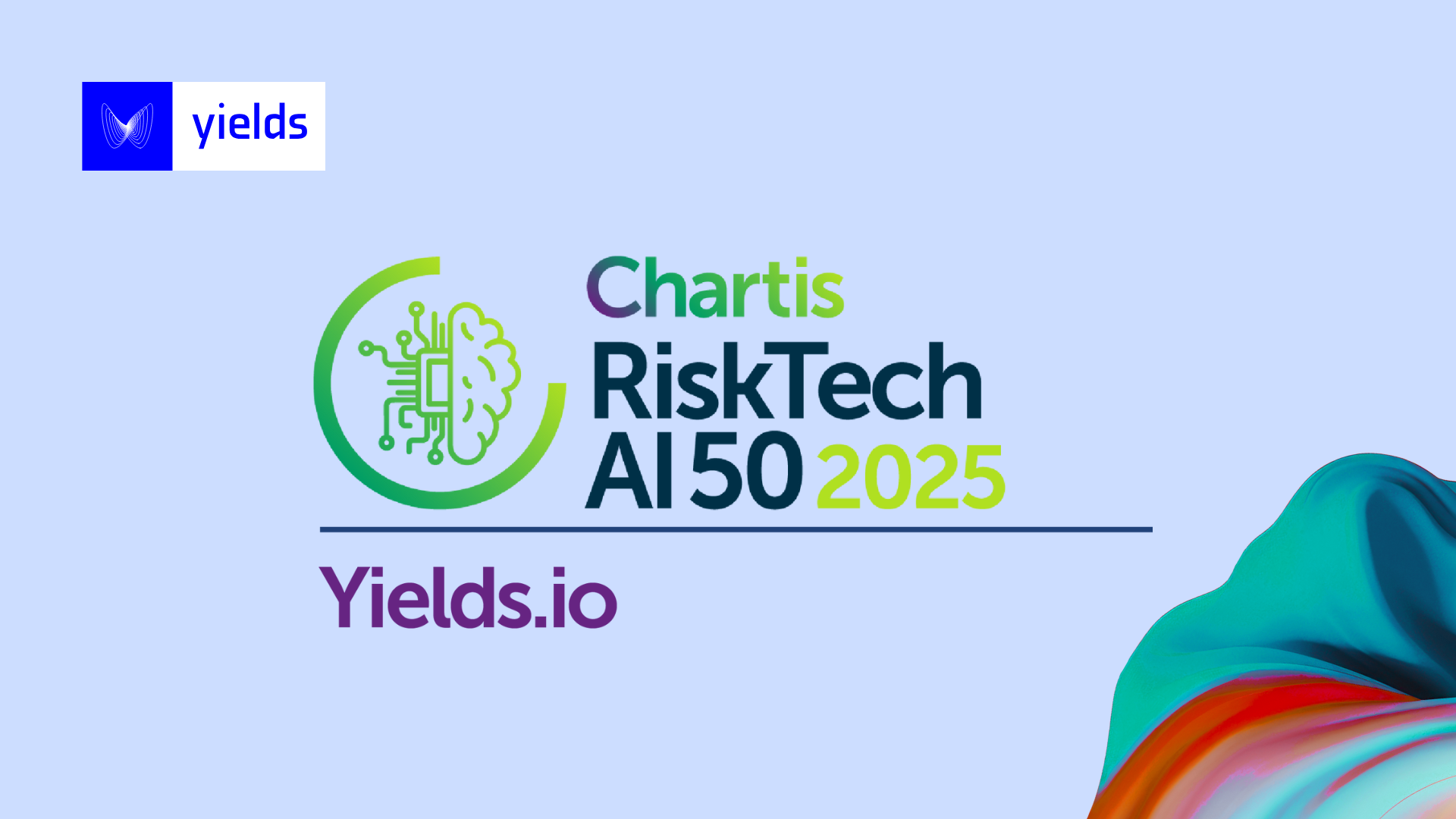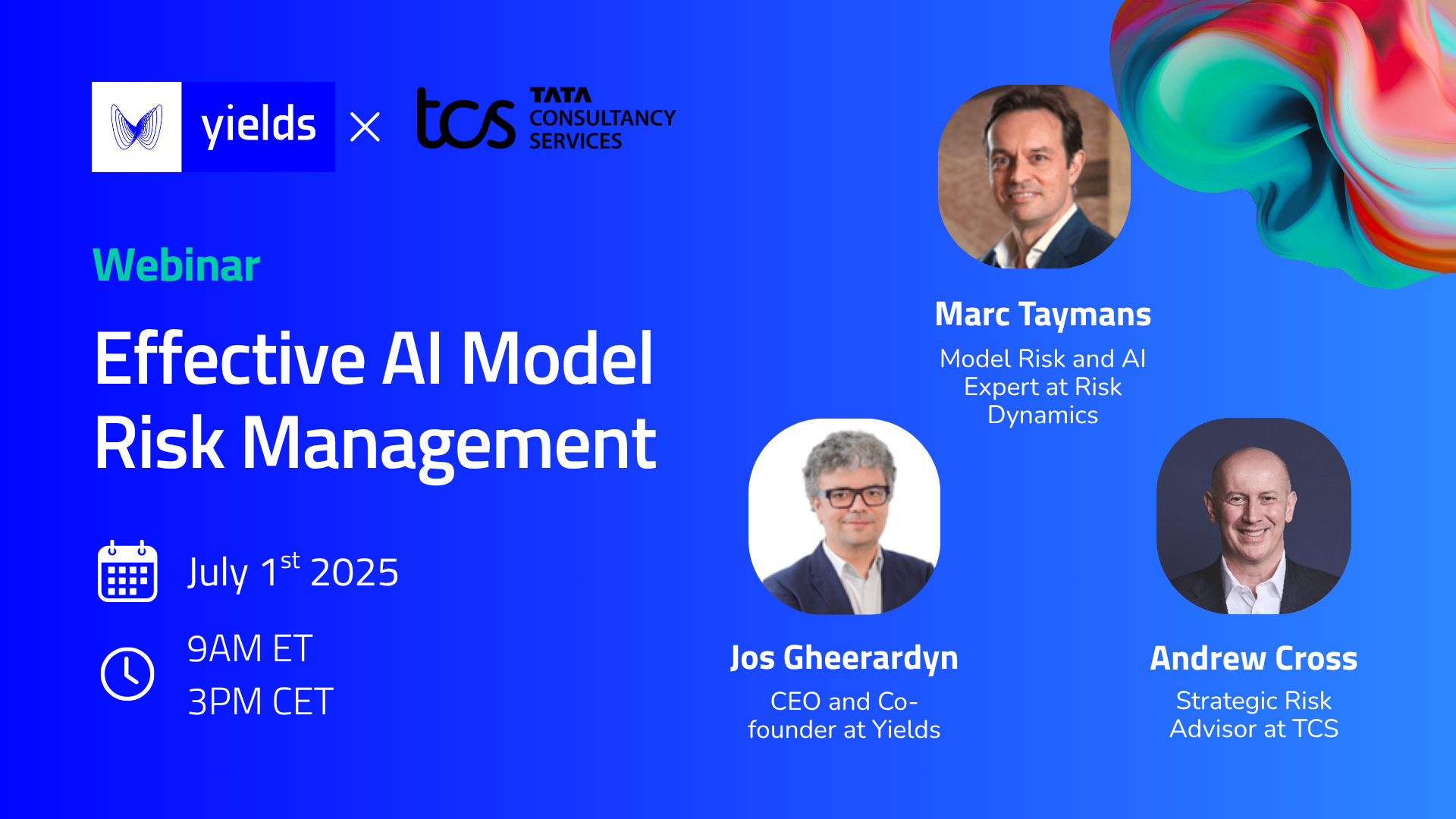Model risk occurs when a quantitative model is used to measure information, predict outcomes, or determine specific values. The challenge in employing models is that it creates risks. These risks specifically arise from the use of incorrect data, programming errors, technical errors, and the misinterpretation of model outputs.
The rapidly increasing use of quantitative models to make better predictions using larger data sets, with greater frequency (e.g. in real-time) and on a larger scale magnifies the need for better model benchmarking and standardisation to manage model risk more effectively. Model risk management technology and risk analytics tools can help organisations create and implement proper model benchmarks and standardisations.
Managing model risk with the help of risk analytics tools
Model risk analytics tools can provide financial institutions with a complete overview to generate meaningful insights and produce better forecasting outcomes. For example, banks leverage historical data to determine whether an individual is likely to default, and insurance companies adopt machine learning models to estimate the impact of idiosyncratic risks on individual premia.
Model risk analytics is comparable to a model validator’s toolbox. Since quantitative models are not exactly plug-and-play tools that can be left to run their course in the background, model validation and monitoring processes are required to make sure that models perform in line with their intended purpose.
In practice, models are designed to serve a specific scope or purpose. This specificity makes it challenging for financial institutions to create benchmarks and standardizations. Without a proper framework and proper tools in place, banks run the risk of facing erroneous decision-making based on inaccurate model outcomes or transparency issues that might, at a later stage, lead to the use of models outside their intended scope (i.e. the pure definition of model risk). This is where advanced analytics can help.
Advanced analytics simply uses a larger number of models and a higher volume of datasets. It gives organisations a broader overview and a better understanding of how models come to certain predictions (i.e. greater transparency), as well as better insights into a model’s weaknesses which might have been left undetected when relying on simpler approaches.
How can Yields for Performance help?
Statistical models typically rely on large datasets. To ensure that models don’t run the risk of failing, one should ensure that:
- Datasets have to be representative (i.e. contain enough information)
- Model developers and validators comply with regulatory requirements to show full transparency and accountability, and to ensure trust in model outcomes. Keep track of your model landscape
- Model risk needs to be appropriately assessed
The above objectives can be achieved using data-science platforms such as Yields for Performance.
Yields for Performance empowers model risk managers with intelligent model risk analytics to identify the root causes of outliers and anomalies, and model weaknesses even before they materialise.
What are model risk-specific analytics tools available in Yields for Performance?
The platform has a built-in library that includes both open-source and proprietary quantitative analysis toolbox both related to data and models. The model risk analytics makes use of cutting-edge techniques that our team of Model Risk domain experts constantly upgrade based on both market best practices and inputs/requests from our customers. Capabilities span across three main areas:
1. Benchmarking. Yields for Performance contains a wide range of benchmark models that validators can use to, for example, train and compare the performance of models against. The coverage is across various model types (e.g. Credit Risk, Market Risk, XVA) and for a broad set of modeling techniques (e.g. DNN, reinforcement learning, PCA).
2. Backtesting. Models can be assessed against different data (historical or synthetic) to test how they would (have) perform(ed) in a given environment. Examples of applications the platform facilitates are backtesting of market risk models and stress testing.
3. Data Quality Management. Poor data management and data quality heavily affect model outputs and in turn increase the chance of bad decision-making. In Yields for Performance, carefully developed modules based on state-of-the-art (machine learning) methods and technology are available to assess data quality and data stability (e.g. Autoencoders networks to detect data outliers) in a pretty much model-type agnostic fashion.
How does it work? Discover our model risk analytics tools here.
About the author

Maarten Baeten helps various banks in Europe manage model risk. Maarten has extensive experience in model validation and specialises in the use and application of model risk analytics to create model standardisation and benchmarks.




